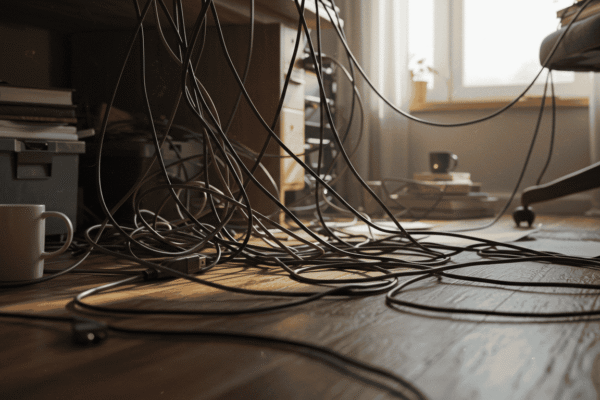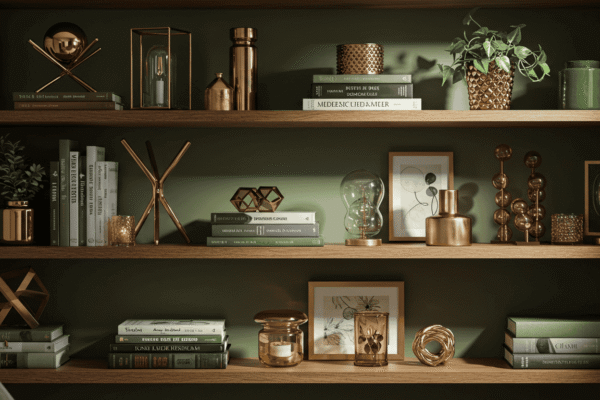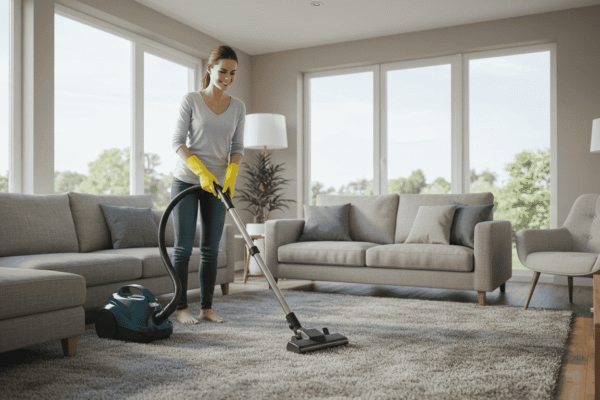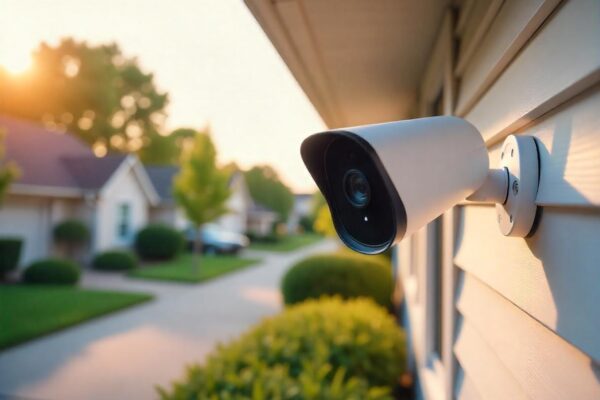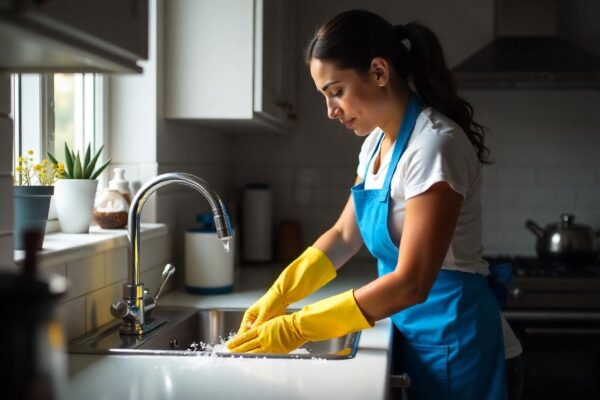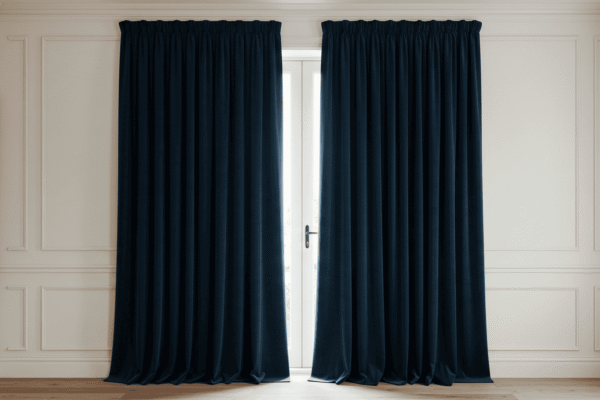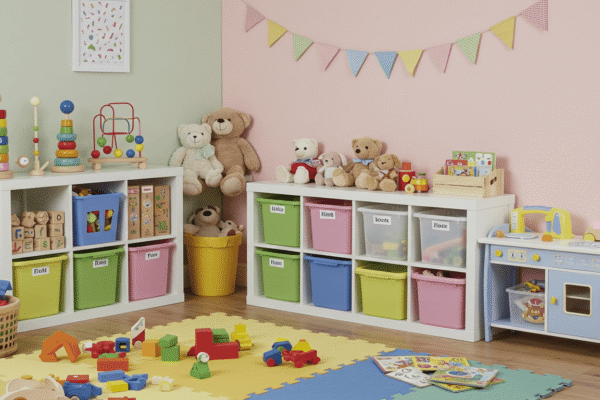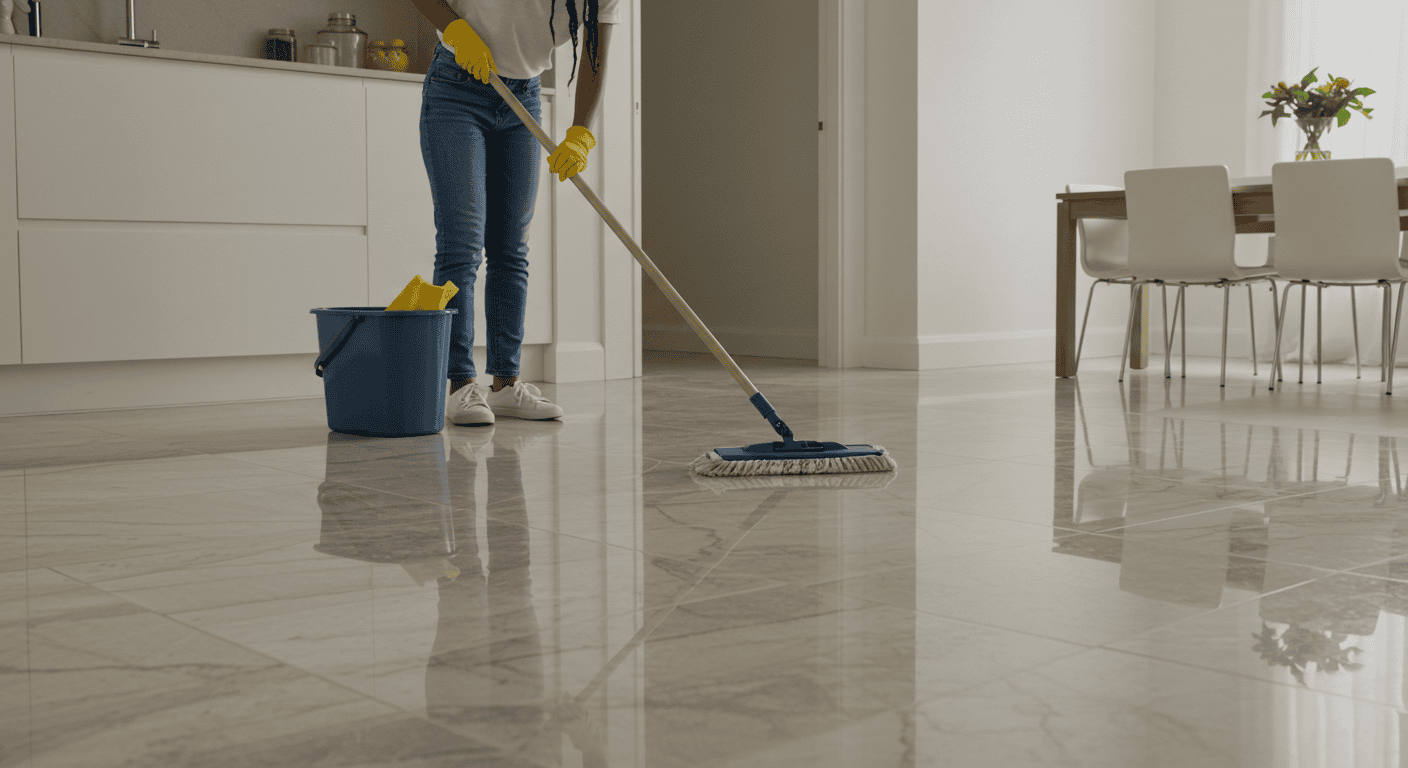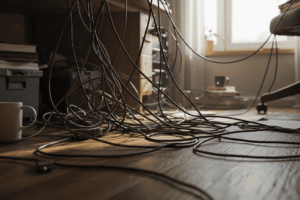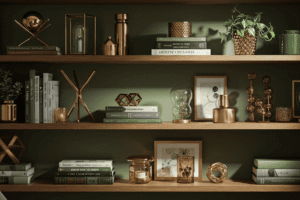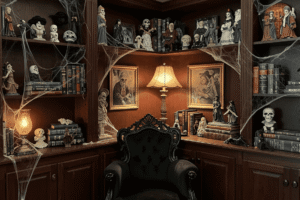Types of flooring can dramatically change the look and feel of your home, but each material comes with its own set of care and cleaning needs. Knowing how to clean and care for different types of flooring properly not only keeps your floors looking beautiful but also extends their lifespan. Whether you have hardwood, tile, laminate, or vinyl, this guide will help you tackle everyday maintenance and tricky stains like a pro — making floor care simple, effective, and even enjoyable. Let’s dive in and discover the best ways to keep every type of flooring in your home spotless and well-preserved.
Understanding the Most Common Types of Flooring
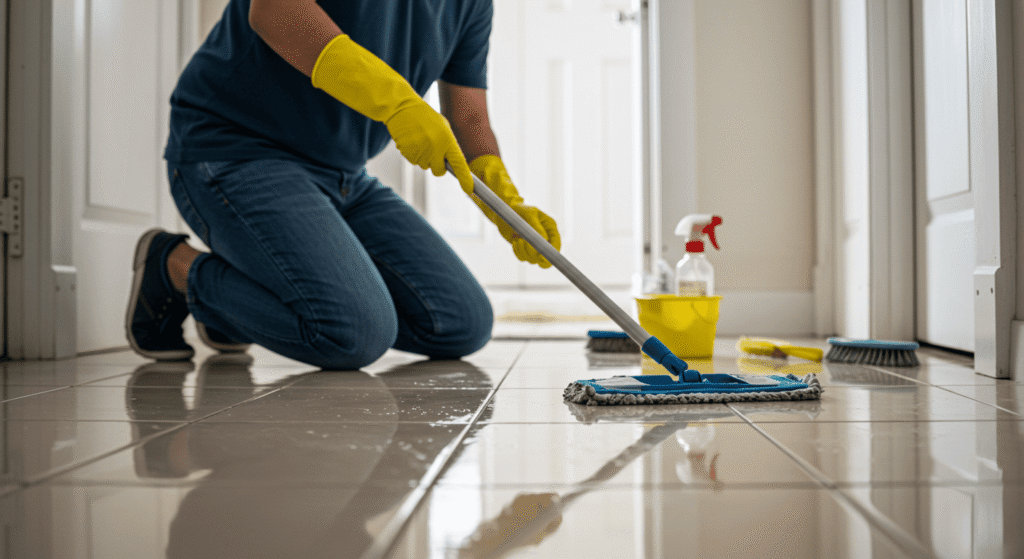
Choosing the right types of flooring for your home involves understanding the unique characteristics and maintenance requirements of each material. Every flooring option offers different benefits, durability levels, and care routines. This section will introduce the most popular flooring materials, helping you make informed decisions based on your lifestyle and home environment.
Overview of Popular Flooring Materials
When selecting flooring, it’s important to know the main types available and what makes each one special. Hardwood flooring is prized for its timeless beauty and can add value to any home, but it requires regular care to avoid scratches and water damage. Laminate flooring offers a budget-friendly alternative with good durability and easier maintenance, mimicking the look of wood or stone. Tile flooring, typically ceramic or porcelain, is highly durable and water-resistant, making it ideal for kitchens and bathrooms. Vinyl flooring and linoleum are resilient, affordable options that come in a wide variety of styles, though they require careful cleaning to avoid surface damage. For softer, warmer options, carpet provides comfort and sound insulation but needs frequent vacuuming and stain management. Bamboo and cork flooring are eco-friendly choices that bring natural textures into your space, though both need specific care to maintain their appearance and longevity.
Understanding the basics of these materials will set the foundation for proper cleaning and maintenance methods tailored to each flooring type.
Quick Comparison Table
To make it easier to compare, here is a quick overview of the types of flooring based on durability, maintenance level, water resistance, and ideal room types:
| Flooring Type | Durability | Maintenance Level | Water Resistance | Ideal Rooms |
|---|---|---|---|---|
| Hardwood | High (with care) | Moderate | Low | Living rooms, bedrooms |
| Laminate | Moderate | Low | Moderate | Living rooms, offices |
| Tile | Very High | Low | High | Bathrooms, kitchens |
| Vinyl | High | Low | High | Kitchens, basements |
| Linoleum | Moderate | Moderate | Moderate | Kitchens, hallways |
| Carpet | Low to Moderate | High | Low | Bedrooms, living rooms |
| Bamboo | High | Moderate | Low to Moderate | Living rooms, bedrooms |
| Cork | Moderate | Moderate | Low | Bedrooms, offices |
This table offers a snapshot of how different types of flooring perform in daily use and the care they require, helping you choose the right fit for your home.
Hardwood Flooring Care: Preserving the Natural Beauty
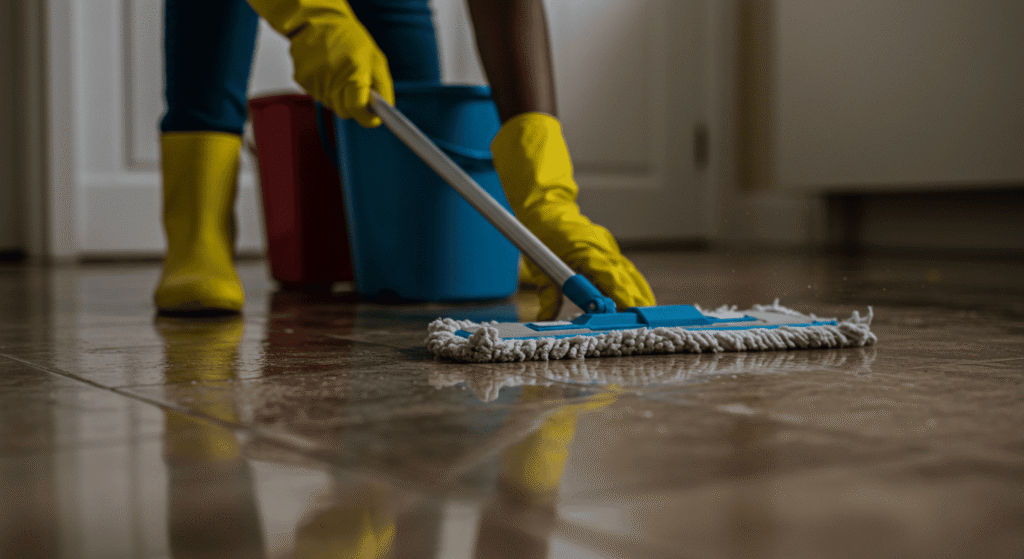
Hardwood floors bring warmth and elegance to any home, but maintaining their natural beauty requires consistent care and attention. Understanding the best practices for cleaning, repairing, and protecting hardwood can keep your floors looking stunning for years to come.
Daily and Weekly Cleaning Tips
Regular cleaning is essential to prevent dirt and grit from scratching your hardwood floors. Start by sweeping or vacuuming with a soft brush attachment to remove dust and debris. Use a damp (not wet) microfiber mop with a hardwood-safe cleaner to wipe the floors gently. Avoid using excessive water, as moisture can damage the wood. Establishing a daily or weekly cleaning routine helps maintain the floor’s finish and prevents buildup that could dull its appearance.
Dealing with Scratches and Dents
Even with careful use, hardwood floors can develop scratches and dents over time. For minor scratches, gently buff the area with a soft cloth and a specialized wood floor polish or a natural oil-based solution. For deeper scratches or dents, consider using wood filler or a color-matched wax stick to camouflage the damage. Prevention is key—use rugs in high-traffic areas and avoid dragging heavy furniture across the floor to minimize wear and tear.
Seasonal Maintenance Hacks
Seasonal changes can affect hardwood floors due to fluctuations in temperature and humidity. Taking proactive steps during each season can protect your floors and prevent long-term damage.
Humidity control
Maintaining a consistent indoor humidity level between 35% and 55% is crucial for hardwood floors. In dry winter months, use a humidifier to prevent the wood from drying out and shrinking, which can cause gaps between planks. Conversely, in humid summer months, a dehumidifier helps avoid excessive moisture that could cause the wood to swell or warp.
Protective furniture pads
To prevent scratches and dents from furniture, install felt pads under the legs of chairs, tables, and sofas. These pads create a cushion that reduces friction when furniture is moved. Regularly check and replace worn pads to ensure continued protection.
Laminate Flooring: Easy Does It
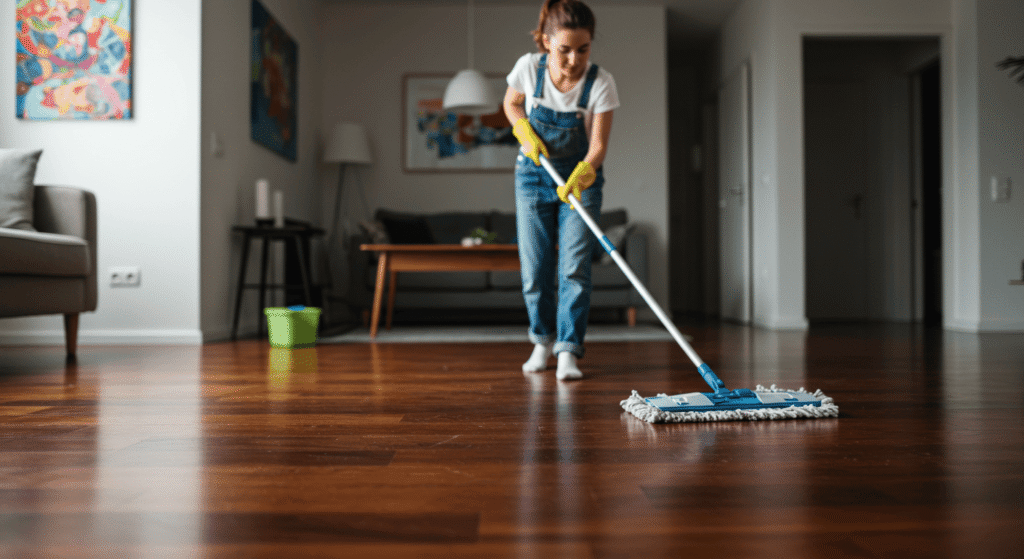
Laminate flooring is a popular choice for its affordability and attractive appearance that mimics wood or stone. While it is generally durable and low-maintenance, knowing what to avoid when cleaning laminate is essential to preserve its finish and prevent damage.
What to Avoid When Cleaning Laminate
Laminate floors are sensitive to excessive moisture and abrasive cleaning methods. Avoid using wet mops or steam cleaners, as water can seep into the seams and cause swelling or warping. Stay away from harsh chemical cleaners, wax, or polish products not specifically designed for laminate surfaces, as these can leave residues or dull the shine. Scrubbing with abrasive tools like steel wool or stiff brushes can scratch the protective wear layer, so always opt for soft cleaning materials.
How to Maintain the Shine Without Damaging the Surface
To keep your laminate flooring looking glossy and fresh, regularly sweep or vacuum to remove dirt and grit that can wear down the surface. Use a damp microfiber mop with a gentle laminate floor cleaner or a mixture of water and mild detergent. Avoid over-wetting the floor and dry it promptly if any moisture remains. For added shine, some homeowners use a specially formulated laminate floor polish—but always test a small area first to ensure compatibility.
Here’s a quick Do’s and Don’ts chart to help you keep your laminate floors in top condition:
| Do’s | Don’ts |
|---|---|
| Sweep or vacuum regularly | Use steam cleaners or wet mops |
| Use a damp microfiber mop | Apply wax or polish not meant for laminate |
| Clean spills immediately | Use abrasive scrubbers or steel wool |
| Use laminate-specific cleaners | Let water pool on the surface |
Keeping Tile Floors Fresh and Grout-Lines Clean
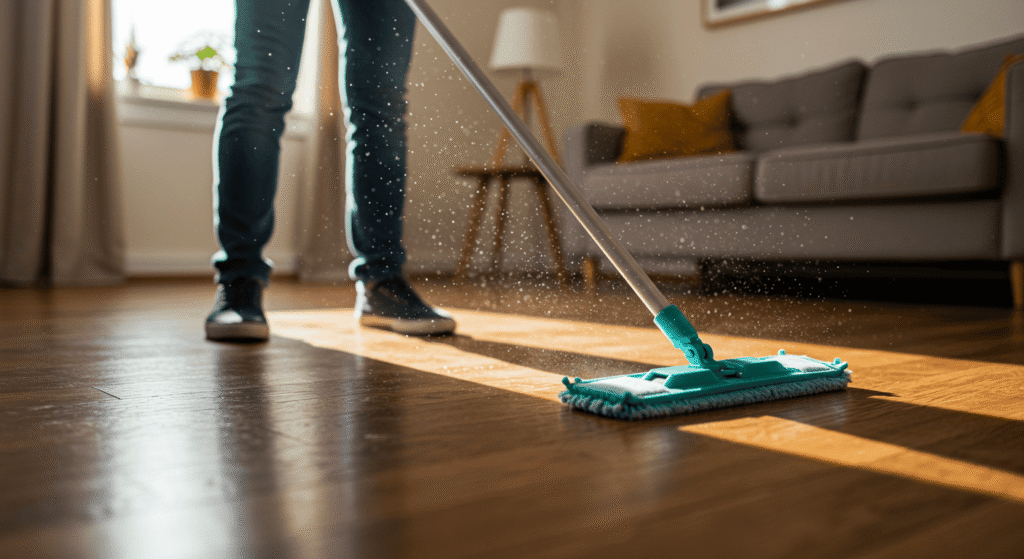
Tile floors are prized for their durability and versatility, especially in high-moisture areas like kitchens and bathrooms. However, maintaining that fresh, clean look means more than just sweeping and mopping regularly—it requires special attention to the often-overlooked grout lines.
Sweep, Mop, Repeat? Not Always.
While regular sweeping and mopping are essential to keep tile floors free from dust and dirt, relying solely on these methods can leave behind stubborn stains and grime, especially in grout lines. Using the right cleaning products and techniques ensures your tiles stay bright and your floor remains hygienic. Avoid harsh or abrasive cleaners that can dull the tile surface or degrade grout over time.
The Grout Conundrum
Grout is porous and prone to discoloration from dirt, mold, and spills, making it one of the biggest challenges in tile floor maintenance. Proper care involves both regular cleaning and occasional deep treatments.
How often should you clean grout lines?
For most homes, grout lines benefit from a thorough cleaning every 3 to 6 months. High-traffic or damp areas may require more frequent attention to prevent mold and mildew buildup. Incorporating grout cleaning into your seasonal cleaning routine helps maintain a fresh look and prolongs the life of your tile floor.
Natural methods vs. chemical methods
Natural cleaning options such as baking soda paste and vinegar sprays are popular for grout maintenance because they are gentle and non-toxic. These methods work well for regular cleaning and mild stains. For tougher stains or mold, specially formulated grout cleaners may be necessary, but they should be used sparingly to avoid damage. Always rinse grout thoroughly after cleaning to remove residues.
Vinyl and Linoleum Flooring: Budget-Friendly but Tricky
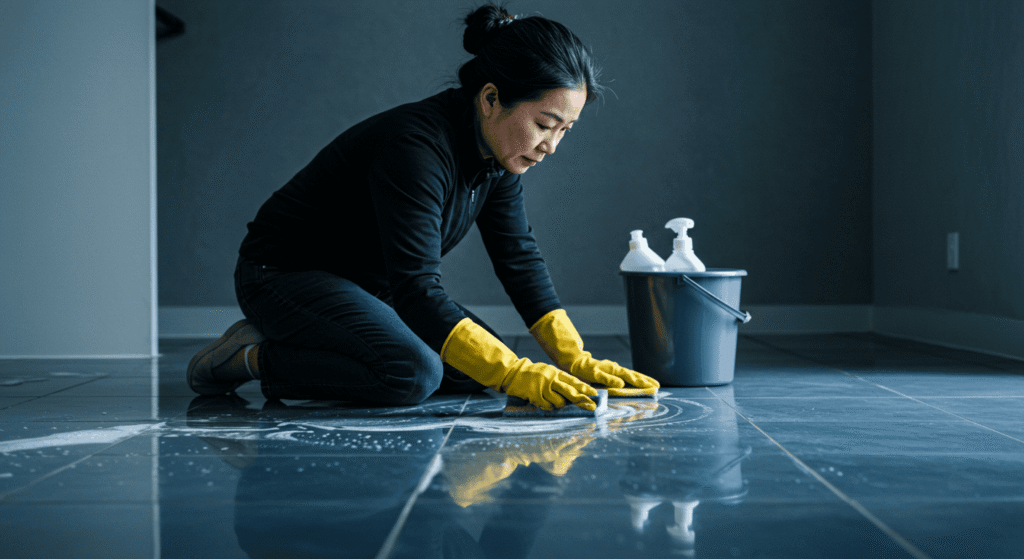
Vinyl and linoleum flooring are popular choices for homeowners looking for affordable, versatile, and easy-to-install options. Despite their budget-friendly appeal, these flooring types require careful maintenance to stay looking their best and to avoid common problems like peeling and dulling.
Low-Cost Doesn’t Mean Low-Maintenance
While vinyl and linoleum flooring can withstand everyday wear and tear, neglecting proper cleaning routines can shorten their lifespan. Regular sweeping and gentle mopping prevent dirt buildup that can scratch or wear down the surface. Avoid harsh chemicals or abrasive tools, which can strip away protective layers and make floors look old before their time.
Avoiding Surface Peeling and Dulling
Peeling or lifting edges and a dull appearance are common issues caused by moisture damage, improper cleaning, or heavy foot traffic. Use only recommended cleaners and avoid soaking floors with water. Consider placing mats in entryways and high-traffic areas to reduce wear. Timely attention to small issues like bubbling or lifting will help prevent costly repairs.
Here’s a quick checklist of common cleaning mistakes to avoid when caring for vinyl and linoleum floors:
- Using abrasive scrubbers or brushes that scratch the surface
- Applying wax or polish not designed for these floors
- Mopping with excessive water or letting moisture sit on the floor
- Using harsh chemical cleaners like bleach or ammonia
- Ignoring spills and stains, allowing them to set in
- Dragging heavy furniture without protective pads
Following these simple guidelines can help you enjoy your vinyl and linoleum flooring for years without frustration.
Special Floor Types: Bamboo, Cork, and Other Eco-Friendly Choices
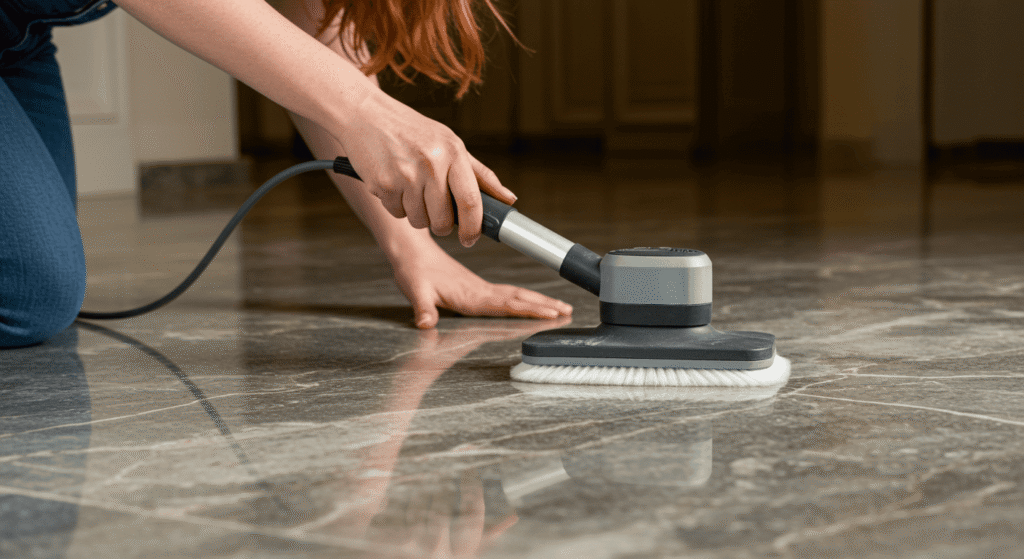
Eco-friendly flooring options like bamboo and cork are gaining popularity for their sustainability and unique aesthetic appeal. While these natural materials bring warmth and character to any space, they also require specialized care to maintain their beauty and durability over time.
Natural Doesn’t Mean Care-Free
Just because bamboo and cork are natural doesn’t mean they can withstand neglect. These floors are softer and more porous than traditional hardwood or tile, making them vulnerable to scratches, dents, and moisture damage. Regular cleaning with gentle products and prompt attention to spills are essential. Avoid harsh chemicals and abrasive tools that can degrade the protective finish or the material itself.
Moisture & Sunlight: The Enemies of Eco Floors
Excess moisture is a major threat to eco-friendly floors. Bamboo and cork can swell, warp, or even develop mold if exposed to standing water or high humidity. Similarly, prolonged exposure to direct sunlight can cause fading and discoloration, dulling the floor’s natural tones.
Tips for UV protection
To protect your eco-friendly floors from sunlight damage, use curtains, blinds, or UV-filtering window films to reduce exposure. Rearranging furniture periodically can also help prevent uneven fading. Rugs and mats placed in sunlit areas provide extra protection while adding style and comfort.
When to re-seal or refinish
Depending on foot traffic and wear, bamboo and cork floors may need to be re-sealed or refinished every few years to restore their protective layer and appearance. Signs it’s time include dullness, increased scratches, or water absorption. Consult a flooring professional for advice on the best products and timing to keep your floors looking their best.
High-Traffic Areas: Floor Care That Keeps Up With Life
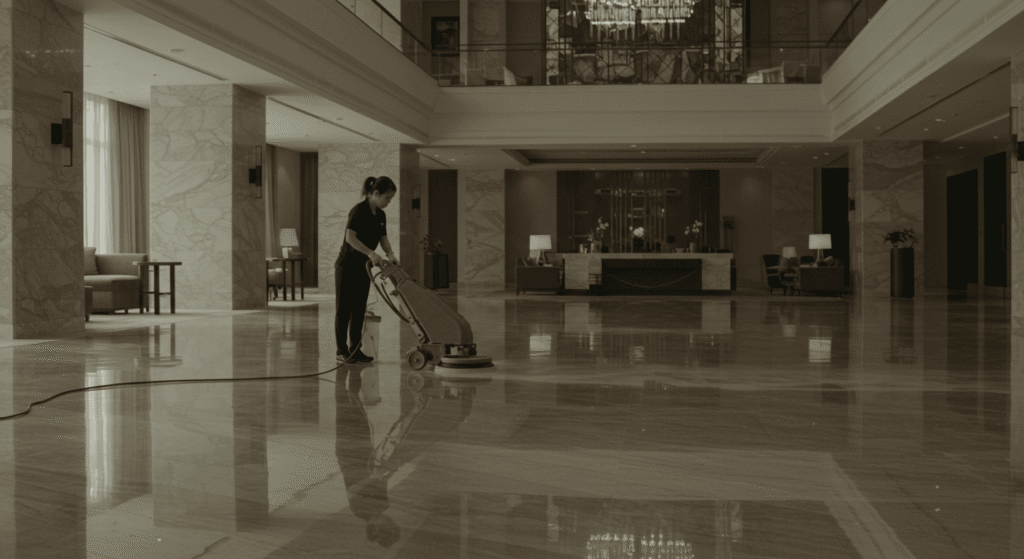
Floors in high-traffic areas endure more wear, dirt, and spills than other parts of your home. Keeping these floors clean and well-maintained requires a mix of regular care and strategic preventive measures to protect your investment and maintain a welcoming environment.
How Often Should You Deep Clean?
Deep cleaning high-traffic floors depends on the material and usage, but a general rule is to perform a thorough clean every 1 to 3 months. This might include scrubbing grout lines on tile floors, polishing hardwood, or shampooing carpets. Regular deep cleaning removes embedded dirt and grime that everyday sweeping or mopping can’t reach, extending the life and appearance of your flooring.
Preventive Maintenance Ideas That Actually Work
Prevention is often the best defense for floors that see heavy foot traffic. Consider these practical tips:
- Entry rugs: Place durable mats or rugs at entrances to trap dirt and moisture before they reach your floors. Clean these mats regularly to avoid redistributing grime.
- Shoe rules: Encourage family members and guests to remove shoes indoors to minimize dirt, grit, and potential scratches.
- Pet care: Keep pets’ nails trimmed to reduce scratching, and clean up spills or accidents immediately to prevent stains and odors.
A visual floor-care calendar by room can help readers organize cleaning tasks based on specific needs — for example, kitchens might require more frequent mopping and disinfecting, while hallways need regular sweeping and rug maintenance.
Quick-Fix Guide: Stain and Spill Solutions by Floor Type
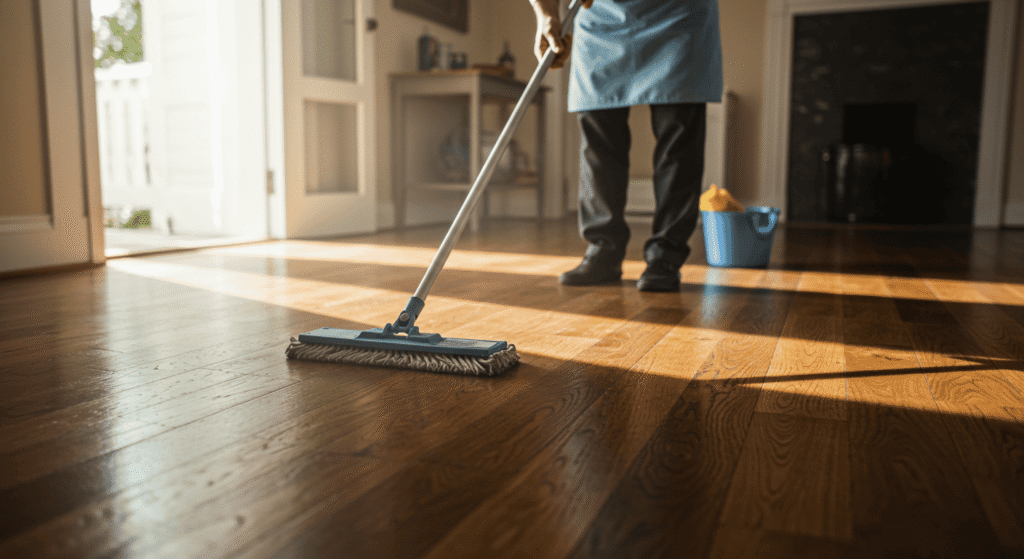
Accidents happen, but knowing the right way to handle stains and spills can save your floors from lasting damage. This quick-fix guide offers tailored solutions based on floor type, so you can clean up messes efficiently without causing harm.
Table of Common Spills (Coffee, Wine, Pet Accidents)
| Spill Type | Hardwood | Laminate | Tile | Vinyl/Linoleum | Carpet | Bamboo/Cork |
|---|---|---|---|---|---|---|
| Coffee | Blot with dry cloth, mild cleaner; avoid soaking | Wipe immediately with damp cloth; no harsh cleaners | Use mild detergent and water; rinse well | Blot quickly; avoid excessive water | Blot and use carpet cleaner | Blot, use natural cleaner |
| Red Wine | Blot quickly; use specialized hardwood cleaner | Use damp cloth and mild detergent | Scrub grout gently; tile safe cleaner | Blot with gentle cleaner | Use carpet stain remover | Blot and treat with natural solutions |
| Pet Accidents | Clean promptly; enzymatic cleaner recommended | Use mild cleaner; avoid water pooling | Clean grout with vinegar and baking soda | Wipe with enzyme cleaner | Enzymatic cleaner essential | Blot and treat immediately |
Emergency Cleaning Without Ruining Your Floor
In an emergency spill situation, act fast but cautiously. First, blot spills—never rub—as rubbing can spread the stain or damage the surface. Use a clean, dry cloth or paper towel to absorb as much liquid as possible. Avoid saturating floors with water or harsh chemicals, especially on sensitive materials like hardwood, bamboo, or cork. Always test any cleaner on a small, inconspicuous area before applying widely. Quick response combined with appropriate cleaning methods can protect your floors and keep them looking their best.
Printable Floor Care Routine for Every Season
Staying consistent with floor maintenance is easier when you have a clear plan. A printable floor care routine organized by season can help you keep track of essential tasks—so your floors stay clean, protected, and looking their best all year round. Whether it’s deep cleaning grout in the spring or checking humidity levels for hardwood in winter, having a simple checklist or visual planner makes it manageable and even enjoyable.
We encourage you to download our easy-to-follow seasonal checklist designed to cover all major types of flooring and their specific needs. Use it to schedule cleaning, preventive care, and inspections without feeling overwhelmed. Taking these small steps regularly will save you time and money on repairs while preserving the beauty and longevity of your floors.
Mastering Care for Different Types of Flooring
Understanding the unique needs of different types of flooring is key to maintaining their beauty and durability over time. With the right cleaning techniques, preventive measures, and seasonal care routines, you can protect your investment and enjoy floors that look fresh and inviting year-round. Remember, consistent care tailored to your flooring type not only enhances appearance but also extends lifespan, making your home more comfortable and valuable. Armed with these tips, you’re ready to master floor care like a pro!

